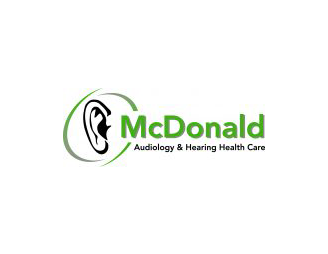Could excessively noisy conditions on the job be affecting your hearing? Hearing loss has many underlying causes, but the most prevalent continues to be noise-induced hearing loss. Thinking about your ability to hear is a normal response for anyone employed in a high-noise profession.The Centers for Disease Control reports that 30 million workers are subjected to unsafe noise at work and an additional 9 million risk hearing loss for other reasons such as metals and solvents.The best thing that you can do is to keep yourself well-informed about the risks and have a candid discussion with your employer.
The likelihood of hearing damage should be mitigated as best as possible in any job. Below is a partial list of particularly noisy positions.
Miners – According to the CDC, 49 percent of male miners will have a hearing impairment by age 50 (vs. 9 percent of the general population) increasing to 70 percent by age 60.
DJs and Nightclub Staff – Absolutely everyone that works in a nightclub – security, wait staff, bartenders – is at risk, not just the musicians. In a managed study, noise levels of up to 108 decibels were recorded in popular nightclubs. The average level for a standard session was 96 decibels which is over the sound level at which employers are required to provide hearing protection. The research determined that Disc Jockeys are at considerable risk of developing noise-induced hearing loss and sound exposure in nightclubs frequently exceeds safe levels.
Construction Workers – Construction workers rank next to the highest for permanent hearing losses suffered on the job. Construction equipment routinely exposes staff to machinery that produces over 90 decibels of noise. A WA State study of construction workers found that in spite of being exposed to noises exceeding 85 decibels during 70 percent of their workshifts, construction workers only wore ear protection 20% of the time (or less).
Band & Orchestra – A study on the noise exposures of classical musicians encountered across both rehearsals and performances found that the brass section averaged 95 decibels while the strings and brass section averaged 90 decibels. Peak volumes were 130 decibels in the percussion and brass sections of the orchestra. A different Swedish research project demonstrated that 59 out of 139 orchestra musicians (42%) had hearing losses greater than that normal for their ages.
Airport Staff – The noise of an airplane engine is among the loudest auditory occupational hazards, with sound levels at a stunning 140 dB.
Firefighters – The many sirens squealing add up over time. Several studies have examined the prevalence of hearing impairments in firefighters and ambulance drivers with most finding that firefighters suffer increased hearing damage compared to the general public of similar age.
Military – The number 1 disability amongst United States military personnel is noise-induced hearing loss. As many as 65% of troops returning from combat in Afghanistan are afflicted by noise-induced hearing loss per the Deafness Research Foundation.
Manufacturing – Manufacturing workers account for the largest numbers of permanent hearing losses sustained in the workplace. Manufacturing industries regularly expose employees to machinery and equipment which generates over 90 decibels of noise.
Motorcycle Courier – Research on motorcycle noise – with and without helmets – under various driving conditions at speeds between 45 mph to 65 revealed that the sound measured ranged from 70 decibels to 128 decibels.

